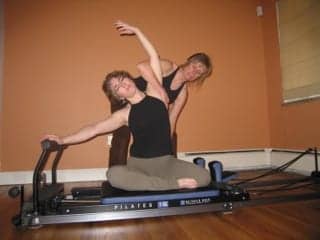Researchers at the University of Texas at Dallas (UT Dallas) recently demonstrated a new powered prosthetic that was able to respond naturally to testing and offer performance similar to a biologic leg.
Assistant professor of mechanical engineering at UT Dallas, Robert Gregg, PhD, who led an investigation into the capabilities of the device, says the “applied robot control theory” used to engineer the prosthetic resulted in a method for controlling powered prostheses that helps the wearer move in a more natural and stable way than current prostheses, according to a media release from UT Dallas.
“We borrowed from robot control theory to create a simple, effective new way to analyze the human gait cycle,” Gregg points out. The result was a prosthetic that operates with less complexity and offers versatile, dynamic response.
Current powered prosthetic devices require a team of physical rehabilitation specialists spending significant amounts of time tuning hundreds of knobs and training each powered leg to the individual wearer, according to a media release from UT Dallas. The approach used by Gregg and his fellow researchers unifies multiple modes of operation into one.
“The gait cycle is a complicated phenomenon with lots of joints and muscles working together,” Gregg says. “We used advanced mathematical theorems to simplify the entire gait cycle down to one variable. If you measure that variable, you know exactly where you are in the gait cycle and exactly what you should be doing.”
“We did not tell the prosthesis that the treadmill speed was increasing. The prosthesis responded naturally, just as the biological leg would do.”
Also participating in the study of the powered prosthetic were researchers from the Rehabilitation Institute of Chicago, Northwestern University, and the University of New Brunswick. Details about the study are published in the online and print issue of IEEE Transactions on Robotics.
[Source: UT Dallas]





